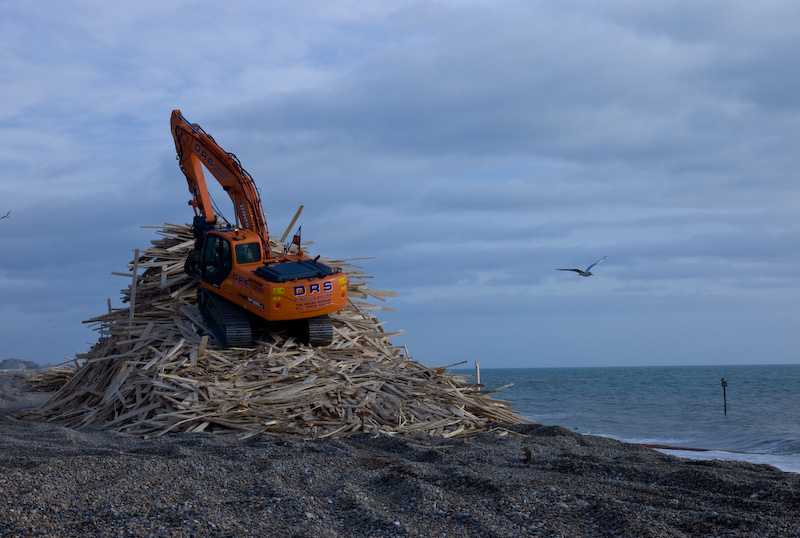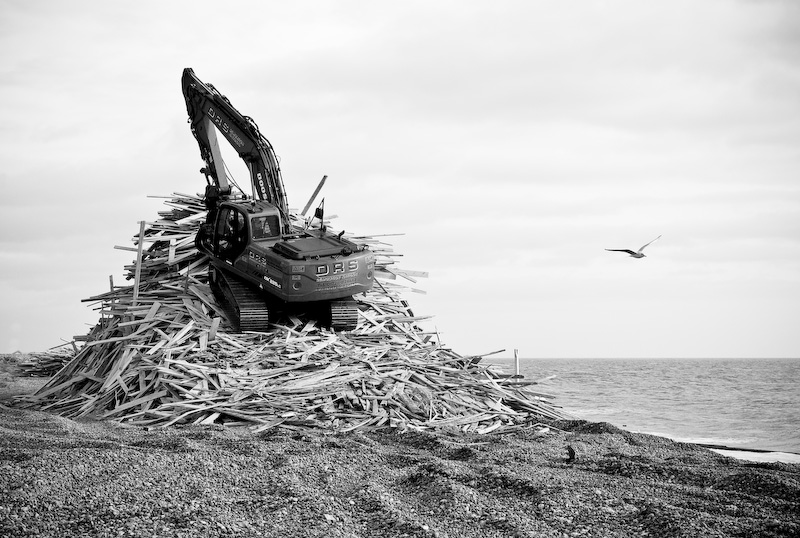I hate the world "manipulated" in reference to photographs, with the exception of advertising, propaganda and Polaroids. In the latter alone, it's a recognized art form.
Otherwise I want to able to trust there is some truth in what is being offered. Surrealistic images or abstractions are easiest to recognize that they are derived from factual pictures (I call them
factive photographs, to distinguish from
fictive pictures whose narrative is constructed and staged and never otherwise happens.
B&W is not cheating because it is announced the second we see it. There is no trickery in that form per se, but we are not seduced by the colors, rather it's the subject, tonalities and composition as well as relatedness to all previous B&W pictures that make them so remarkable. Usually, B&W images have been at least until now, what we see and is general a recording of fact but expressed as the photographer designs. It is not s lie, but some of the facts of the matter, therefore generally factice.
Fashion, glamour and other staged fantasies are fictive. When we see an advertisement for perfume, we know the woman with two Bengal tigers is not doing what she would in real life. We don't need a classification underneath, "paid actors" as we of course know what's going on.
The part we have trouble with is going from moving litter before the shot to cloning out the extra people and a tree, after the shot, to suit our purpose. That to me is not a route to getting pictures that I like to travel on. These alterations should, IMHO, be disclosed if it were likely people would care either way. Not to do so, borders on that bad word, manipulation.
If the camera is to be a lantern to reveal ourselves and the world we have claimed dominion over, then our photography should be truthful within the expectation of the genre and context.
Also in our respect for the
art of photography as opposed to
photography of art, we should not pass over the skills of lighting, composition choice of processing as mere mechanical old fashioned fussy points no longer needed. While I'm impressed by out of focus, slow shutter, odd colors spontaneous photography with digicams, I caution people for taking these shortcuts before having done 1000 pictures well the classical way.
In summary, except for
minor changes, we should not keep secret our artful combinations of different images or substantial changes where people who expect one thing or getting something else. It means something to me, at least, to know that the old woman with the walking cane underneath the bridge feeding pigeons actually did that and that each component was not just assembled. Not that there work is any less wonderful, but it is different. One is a recording, an expression of a fact. The latter is a constructed fictitious story and the picture, fictive.
I'm thinking of leaving joining lines in my constructed pictures just to declare, "This was constructed so as to share with you my creative fantasy. It never happened! It's just a metaphor embedded in a beautiful print, that's all!"

Asher




